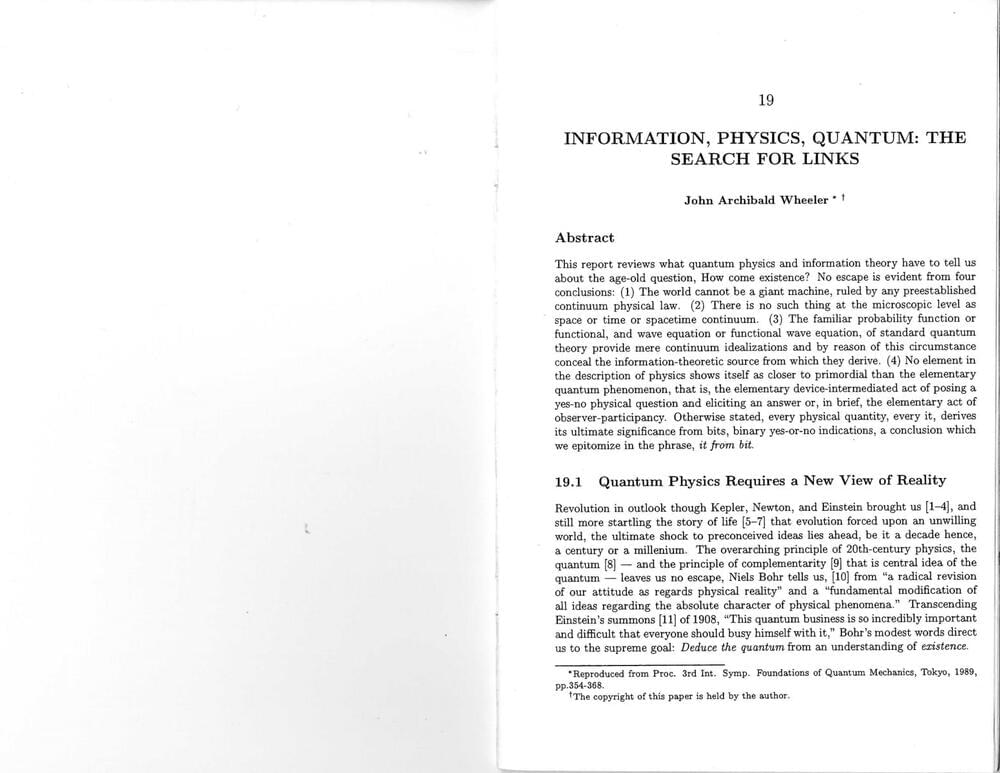Hollunder et al. identify networks where deep brain stimulation reduces symptoms for Parkinson’s disease, Tourette’s syndrome, dystonia and obsessive-compulsive disorder. This revealed a fronto-rostral topography that segregates the frontal cortex.
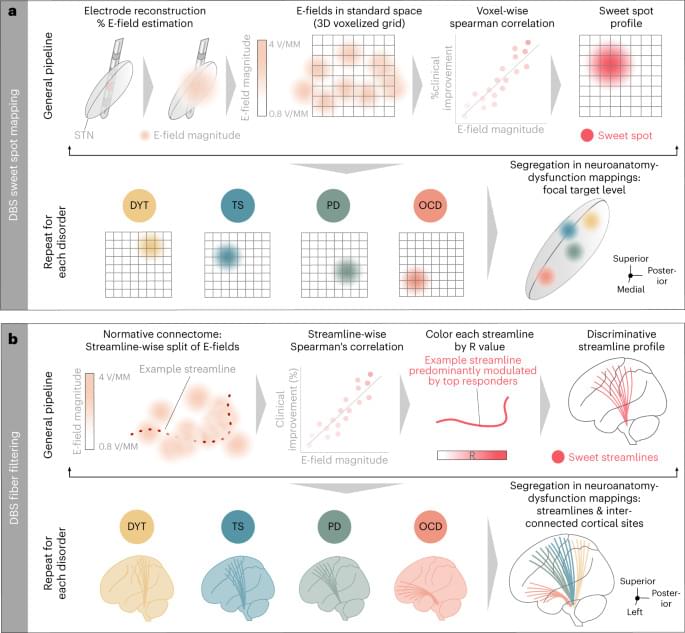

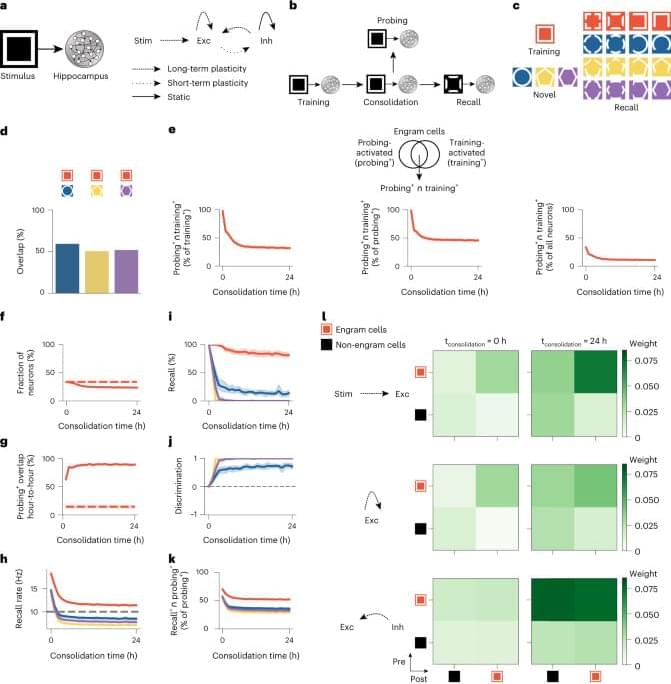
The changes in engram composition and selectivity observed in our model were associated with ongoing synaptic plasticity during memory consolidation (Fig. 1l). Feedforward synapses from training stimulus neurons (that is, sensory engram cells; Methods) onto hippocampal engram cells were strengthened over the course of memory consolidation, and, consequently, the synaptic coupling between the stimulus population and the hippocampus network was increased. Recurrent excitatory synapses between engram cells also experienced a modest gain in synaptic efficacy. Notably, inhibitory synapses from inhibitory engram cells onto both engram and non-engram cells were strongly potentiated throughout memory consolidation. This indicated that a number of training-activated engram cells were forced out of the engram due to strong inhibition, and, consequently, only neurons highly responsive to the training stimulus remained in the engram, in line with our previous analysis (Fig. 1e). Inhibitory neurons also controlled the overall activity of excitatory neurons in the network through inhibitory synaptic plasticity (Extended Data Fig. 2h).
To investigate the contribution of synaptic plasticity to the engram dynamics in our model, we performed several manipulations in our simulations. First, we blocked the reactivation of the training stimulus during memory consolidation and found that this altered the temporal profile of engrams and prevented them from becoming selective (Extended Data Fig. 3a–i). These effects were associated with reduced potentiation of inhibitory synapses onto engram cells (compare Extended Data Fig. 3i to Fig. 1l, bottom rows). Previous experiments demonstrated that sleep-specific inhibition of learning-activated sensory neurons disrupts memory selectivity11, and, hence, our model was consistent with these findings, and it predicted underlying mechanisms. Second, blocking long-term potentiation (LTP) during memory consolidation almost completely eliminated engram cell turnover after a steady state was reached, and it also impaired memory recall relative to the control case (Extended Data Fig. 4a–i). Reduced feedforward and recurrent excitatory synaptic weights due to LTP blockage led to engram stabilization and impaired recall (compare Extended Data Fig. 4h to Fig. 1l, top and middle rows). These results are in line with a recent study showing that memory recall is impaired when LTP is optically erased selectively during sleep14. Third, we separately blocked the Hebbian and non-Hebbian forms of long-term excitatory synaptic plasticity in our model and verified that each was essential for memory encoding and consolidation (Extended Data Fig. 5). These results are consistent with a previously reported mean-field analysis showing that this combination of plasticity mechanisms can support stable memory formation and recall9. Fourth, we blocked inhibitory synaptic plasticity in our entire simulation protocol, and this disrupted the emergence of memory selectivity in our network model (Extended Data Fig. 6a–h). This demonstrated that excitatory synaptic plasticity alone could not drive an increase in memory selectivity because it could not increase competition among excitatory neurons in the absence of inhibitory synaptic plasticity (compare Extended Data Fig. 6h to Fig. 1l). However, excitatory synaptic plasticity could promote engram cell turnover on its own in an even more pronounced manner than in the presence of both excitatory and inhibitory synaptic plasticity (compare Extended Data Fig. 6b to Fig. 1g). Finally, we found that an alternative inhibitory synaptic plasticity formulation yielded engram dynamics analogous to those in our original network (compare Extended Data Fig. 7a–h to Fig. 1e–l). This suggested that the dynamic and selective engrams predicted by our model are not a product of a specific form of inhibitory plasticity but a consequence of memory encoding and consolidation in inhibition-stabilized plastic networks in general.
We also conduced loss-of-function and gain-of-function manipulations to examine the role of training-activated engram cells in memory recall in our model (Fig. 2). We found that blocking training-activated engram cells after a consolidation period of 24 h prevented memory recall (Fig. 2a), whereas artificially reactivating them in the absence of retrieval cues was able to elicit recall (Fig. 2b), in a manner consistent with previous experimental findings3,4 and despite the dynamic nature of engrams in our simulations (Fig. 1e–g). Thus, our model was able to reconcile the prominent role of training-activated engram cells in memory storage and retrieval with dynamic memory engrams. To determine whether neuronal activity during memory acquisition was predictive of neurons dropping out of or dropping into the engram, we examined the distribution of stimulus-evoked neuronal firing rates in the training phase (Extended Data Fig. 3j–m). We found that training-activated engram cells that remained part of the engram throughout memory consolidation exhibited higher stimulus-evoked firing rates than the remaining neurons in the network (Extended Data Fig. 3j) and training-activated engram cells that dropped out of the engram over the course of consolidation (Extended Data Fig. 3k). Therefore, stimulus-evoked firing rates during training were indicative of a neuron’s ability to outlast inhibition and remain part of the engram after initial memory encoding. We also verified that neurons that were not engram cells at the end of training but later dropped into the engram displayed lower training stimulus-evoked firing rates than the remaining neurons in the network (Extended Data Fig. 3l). Surprisingly, neurons that dropped into the engram after training showed slightly lower stimulus-evoked firing rates than neurons that failed to become part of the engram altogether (Extended Data Fig. 3m). This suggested that stimulus-evoked firing rates during memory acquisition may not be reliable predictors of a neuron’s ability to increase its response to the training stimulus and become an engram cell after encoding. Lastly, we found that using a neuronal population-based approach to identify engram cells in our simulations yielded analogous engram dynamics (compare Extended Data Fig. 4j–o to Fig. 1e−j and Extended Data Fig. 2i–n to Extended Data Fig. 2b−g; Methods).
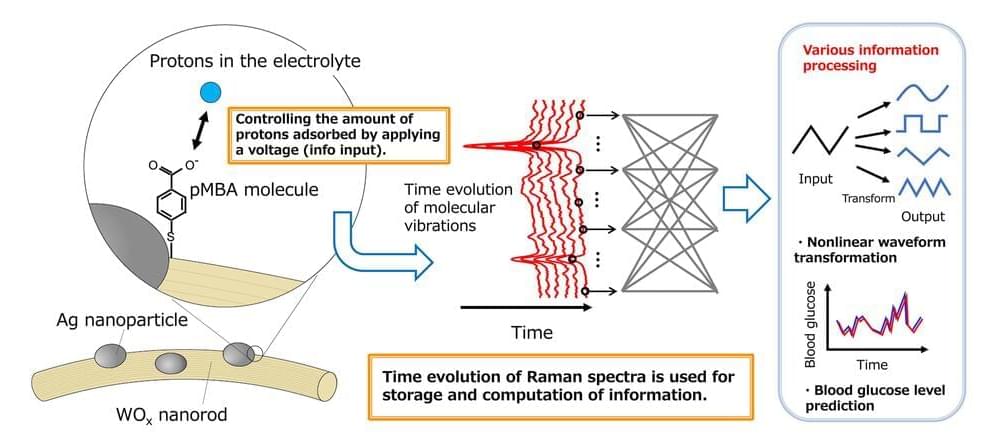
A collaborative research team from NIMS and Tokyo University of Science has successfully developed an artificial intelligence (AI) device that executes brain-like information processing through few-molecule reservoir computing. This innovation utilizes the molecular vibrations of a select number of organic molecules.
By applying this device for the blood glucose level prediction in patients with diabetes, it has significantly outperformed existing AI devices in terms of prediction accuracy.
The work is published in the journal Science Advances.

According to a big German study, those in middle or older age today have an elevated idea of “old” compared to previous generations.” This mirrors increases in life expectancy, especially for the better-off half of the population in rich countries.
Research is finding ways to extend animal lifespans but regulators are still wary of treating ageing as a disease.
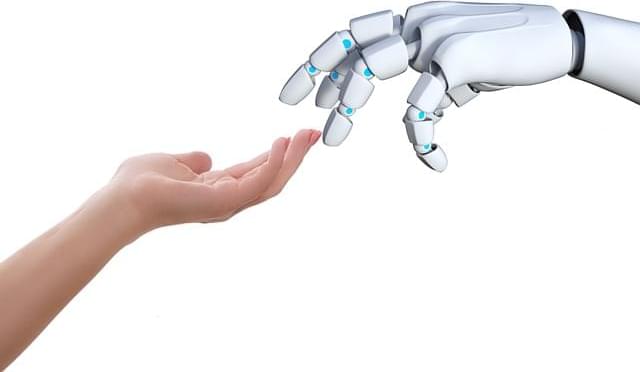
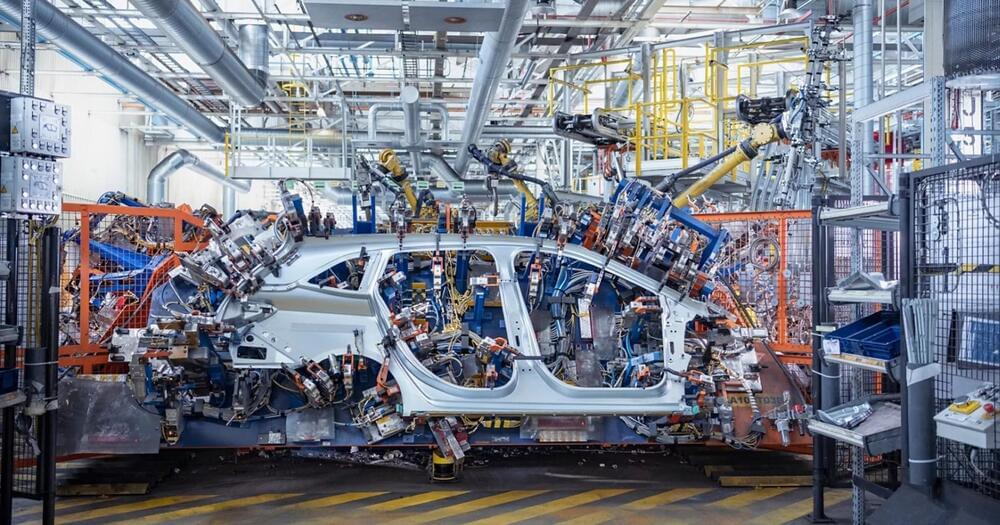
Telcos are a prime example of an enterprise that would benefit from adopting this hybrid AI model. They have a unique role, as they can be both consumers and providers. Similar scenarios may be applicable to healthcare, oil rigs, logistics companies and other industries. Are the telcos prepared to make good use of gen AI? We know they have a lot of data, but do they have a time-series model that fits the data?
When it comes to AI models, IBM has a multimodel strategy to accommodate each unique use case. Bigger is not always better, as specialized models outperform general-purpose models with lower infrastructure requirements.
Does Planet Nine exist? At 5 Sigma, Konstantin Batygin, Mike Brown, and others have found the best evidence yet of it’s existence.
Generation of Low-Inclination, Neptune-Crossing TNOs by Planet Nine.
https://arxiv.org/abs/2404.
Injection of Inner Oort Cloud Objects Into the Distant Kuiper Belt by Planet Nine by Konstantin Batygin and Michael E. Brown.
https://arxiv.org/pdf/2104.05799.pdf.
Eduardo marturet — planet 9, op. 3 • eduardo marturet — planet 9
Konstantin’s Band.
https://theseventhseason.net/
YouTube Membership: / @eventhorizonshow.

Medically, AI is helping us with everything from identifying abnormal heart rhythms before they happen to spotting skin cancer. But do we really need it to get involved with our genome? Protein-design company Profluent believes we do.
Founded in 2022 in Berkeley, California, Profluent has been exploring ways to use AI to study and generate new proteins that aren’t found in nature. This week, the team trumpeted a major success with the release of an AI-derived protein termed OpenCRISPR-1.
The protein is meant to work in the CRISPR gene-editing system, a process in which a protein cuts open a piece of DNA and repairs or replaces a gene. CRISPR has been actively in use for about 15 years, with its creators bagging the Nobel prize in chemistry in 2020. It has shown promise as a biomedical tool that can do everything from restoring vision to combating rare diseases; as an agricultural tool that can improve the vitamin D content of tomatoes, and slash the flowering time of trees from decades to months; and much more.
In order to terraform new planets, we will need to be able transport entire ecologies & ecosystems through interstellar space in the future. Today we will examine how we could build and maintain such environments inside vast arks, generations ships able to colonize our galaxy, and the challenges these starships will face maintaining not just stores of DNA and genetic material but living organisms which depend heavily on other members of their species and other species to survive and thrive, not least of which is human ourselves. Visit our sponsor, Brilliant: https://brilliant.org/IsaacArthur/ Join this channel to get access to perks: / @isaacarthursfia Visit our Website: http://www.isaacarthur.net Join Nebula: https://go.nebula.tv/isaacarthur Support us on Patreon:
/ isaacarthur Support us on Subscribestar: https://www.subscribestar.com/isaac-a… Group:
/ 1,583,992,725,237,264 Reddit:
/ isaacarthur Twitter:
/ isaac_a_arthur on Twitter and RT our future content. SFIA Discord Server:
/ discord Listen or Download the audio of this episode from Soundcloud: Episode’s Audio-only version:
/ exporting-earth Episode’s Narration-only version:
/ exporting-earth-ships-narration-only Credits: Exporting Earth Episode 150, Season 4 E36 Writers: Isaac Arthur Editors: Darius Said Gregory Leal https://www.gregschool.org/ Jerry Guern Konstantin Sokerin Laura Graham Mark Warburton Matthew Acker Sigmund Kopperud Stuart Graham https://beyondnerva.wordpress.com Producer: Isaac Arthur Cover Artist: Jakub Grygier https://www.artstation.com/jakub_grygier Graphics Team: Darth Biomech https://www.artstation.com/darth_biomech Fishy Tree https://www.deviantart.com/fishytree/ Jarred Eagley Jeremy Jozwik https://www.artstation.com/zeuxis_of_… Katie Byrne Ken York
/ ydvisual Krisitijan Tavcar https://www.miragedereve.com LegionTech Studios Sam McNamara Sergio Boterio https://www.artstation.com/sboterod?f… Narrator: Isaac Arthur Music Manager: Luca DeRosa — [email protected] Music: Dracovallis, “Golden Meadows” https://dracovallis.bandcamp.com/ NJ Mandaville, “Intrumental Background 1”
/ nj-mandaville Kevin Macleod, “Infinite Wonder”
/ @incompetech_kmac Chris Zabriskie, “Candlepower” http://chriszabriskie.com Kai Engel, “Endless Story About Sun and Moon” https://www.kai-engel.com/ Lombus, “Amino” https://lombus.bandcamp.com Aerium, “Windmill Forests”
/ @officialaerium Epic Mountain, “Rising Sky”
/ epicmountain.
